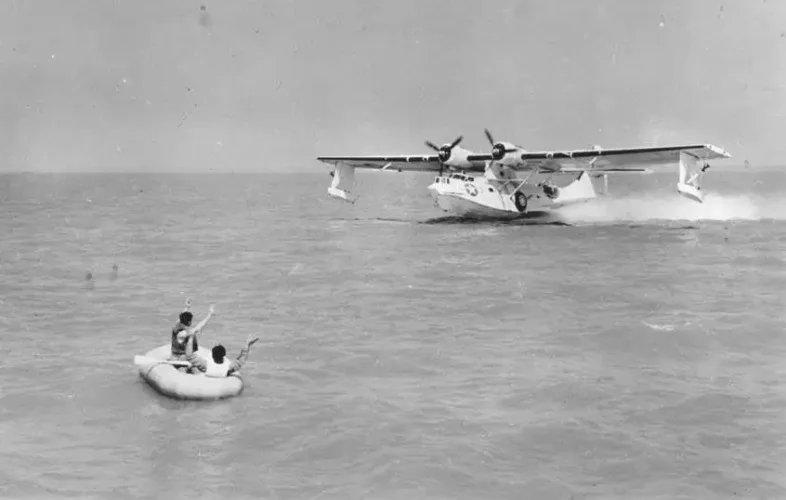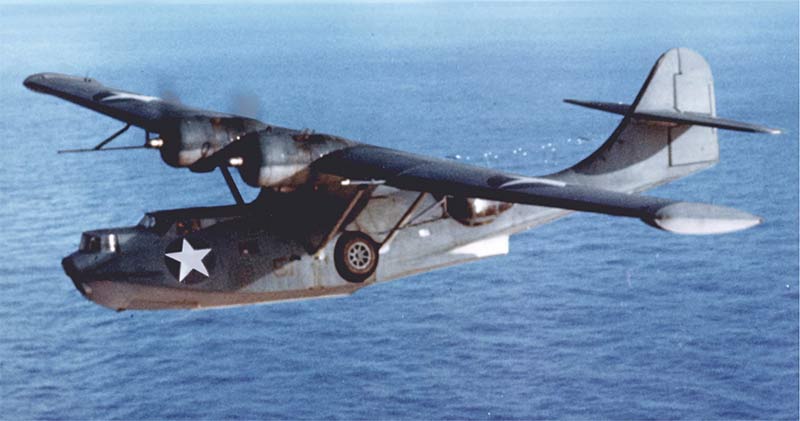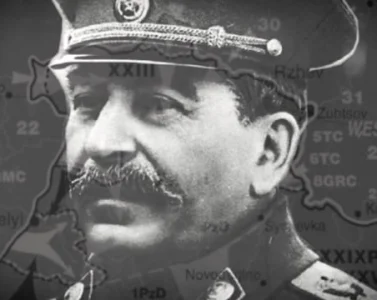- Military History
- Units & Divisions
- Combined Units - Multiple Countries
- Beginnings of Air-Sea Rescue (1940)

Beginnings of Air-Sea Rescue (1940) Air-sea rescue operations saved countless of airmen
In 1940, both the British and the Germans began using aircraft and motor vessels to rescue airmen shot down offshore. The Luftwaffe used some older float planes for rescue work. After each engagement in the Battle of Britain, the Royal Air Force Fighter Command sent Westland Lysander liaison planes with fighter escort to drop rubber rafts to airmen whose life jackets were keeping them afloat in the Channel. Most rescues were made by power boats.
Early in 1941, representatives of the Royal Air Force and the Royal Navy agreed to form the joint Air-Sea Rescue Service. Because no aircraft were available at the time for its exclusive use, the new organization concentrated upon coordinating the efforts of naval units and the operational air commands, which used aircraft such as the Hudson and the Warwick. The service was also responsible for developing rescue equipment and was not above copying successful German innovations, such as a one-man dinghy for fighter pilots, a yellow dye marker to help search planes spot the rafts, and seaworthy floats that resembled houseboats and had bunks for four men, food, water, blankets and signal equipment. Perhaps the most valuable piece of rescue gear used by the Allies was the Gibson Girl, a portable radio transmitter.
When U.S. aircraft began operating from bases in the United Kingdom, the Americans at first relied on the existing rescue organization. Then, in June 1943, they set up the first elements of their own British-trained rescue service. U.S. Army fliers used P-47 aircraft to spot life rafts, report their location, and protect the aircraft or motor launches before making the rescue. Converted B-17 planes could drop lifeboats, or OA-10S, Army versions of the Navy's Consolidated Catalina amphibian (PBY) could touch down and make the pickup.

The air-sea rescue organization in the Mediterranean differed from that in the European theater. American units in the United Kingdom profited from British training and advice, but in the Mediterranean, the American units were integrated into the British organization.
American air-sea rescue forces functioned worldwide, but despite the undertaking and the interest shown by the Joint Chiefs of Staff, there was no single rescue organization responsible for these operations. Coordination between Army and Navy was worked out within the various geographic theaters.
Effective coordination of the services took place in the Pacific, where the Army and Navy worked together to establish so-called rescue lines, positioning ships and aircraft along the paths flown by strike formations. Army rescue planes, both lifeboat-carrying B-17s and OA-10 Amphibians, and Navy PBYs searched at prescribed intervals or were on alert at forward bases. Near the target was a submerged lifeguard submarine, which stood ready to move in close to Japanese-held islands. If shore batteries prevented the submarine from surfacing to take on board the downed crewmen, it could rise to periscope depth so that the men on the raft could attach a line and be towed beyond artillery range.
Throughout the Pacific war, the Navy carrier task forces continued the prewar practice of designating plane-guard destroyers to retrieve pilots who crashed on takeoff or could not land on board.
- WWII (1939-1945)
- Pacific War (1941-1945)
- {{#owner}}
- {{#url}} {{#avatarSrc}}
{{name}} {{/url}} {{^url}} {{#avatar}} {{& avatar}} {{/avatar}} {{name}} {{/url}} - {{/owner}} {{#created}}
- {{created}} {{/created}}























